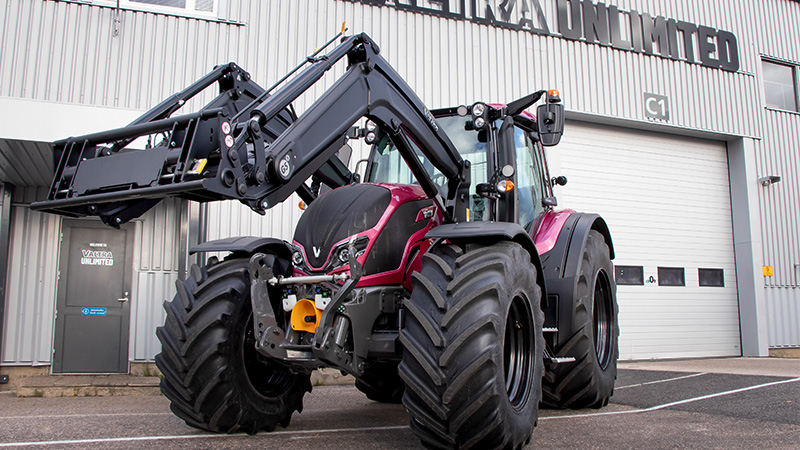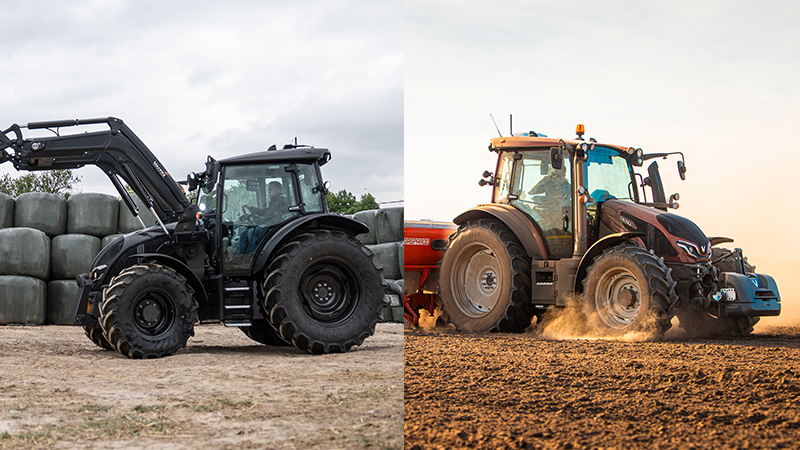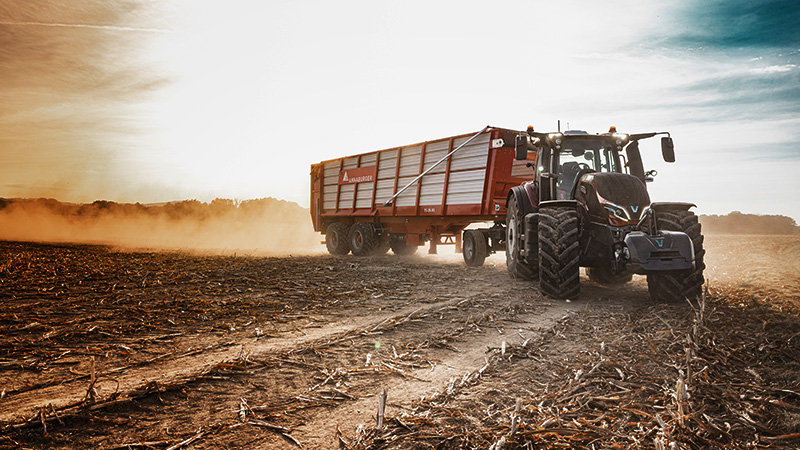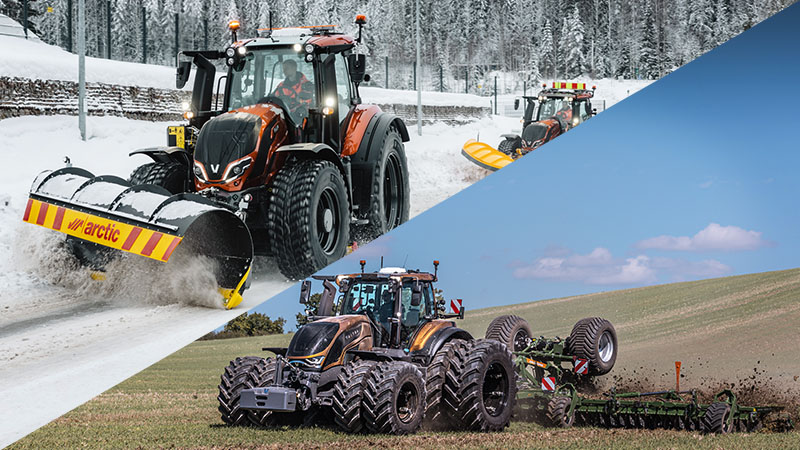Production of Valmet tractors began at a former rifle factory in the Finnish city of Jyväskylä in 1951. The original factory’s capacity was sufficient for the assembly of tractors all the way until the late 1960s, when the first model series was launched: the 100 Series. The new tractors had cabs that required a taller assembly hall, and the former rifle factory was too small.
Around the same time, a 1.5-hectare factory became vacant in the small community of Suolahti, approximately 40 kilometres to the north of Jyväskylä. Even though Valmet had already reserved a plot of land in Jyväskylä for a new factory, construction of which had already begun, the decision was taken to move to Suolahti in 1969. After converting the existing facilities, the new factory was inaugurated in September. At the same time, the factory area gained a railway, along which trains to this day continue to transport tractors to the harbour and onwards to global markets.
Originally, only the assembly of tractors moved to the countryside and not all functions. The engineering and machining departments continued to work in Jyväskylä. Service technicians were also trained in new facilities in the former assembly plant. The year in question was also significant in terms of new tractor models, as the company’s first four-wheel-drive models and four-cylinder turbocharged engines were introduced on Valmet 1100 and 900 models, which also featured a fixed safety cab.
Move took 40 years
The next steps in moving to the countryside took rather a long time. The next big leap was in 1975, when 0.6 hectares of new factory space was built. The new hall was used to manufacture transmission parts and assemble transmissions. Engines have always been built at the Linnavuori plant in Tampere, where production began in 1943.Over the years, the factory area has been expanded to meet changing needs. The latest addition came in 2006, when a new building was completed for the Engineering Centre.
Overall, the Suolahti factory now comprises around 5 hectares of indoor facilities, making it 3.5 times bigger than originally. In previous years, some of the employees also lived alongside the factory area, but these days there are over 2 hectares of parking spaces instead, as most employees commute by car from Suolahti and Jyväskylä. Even though most of the land area has already been built on, approximately one-third is still covered by forest, maintaining the countryside appearance of the factory grounds.
These days, all functions are located in the same area, as originally intended when planning the move in 1969. It may have taken almost 40 years to complete the move, but as the old saying goes: a good thing is worth waiting for!
Moving to Suolahti in 1969 enabled tractor production to expand to current levels.
- Engineering Centre
- Transmission Plant
- Assembly Plant
- Test Track
- Customer Service Centre
- Spare Parts Centre
